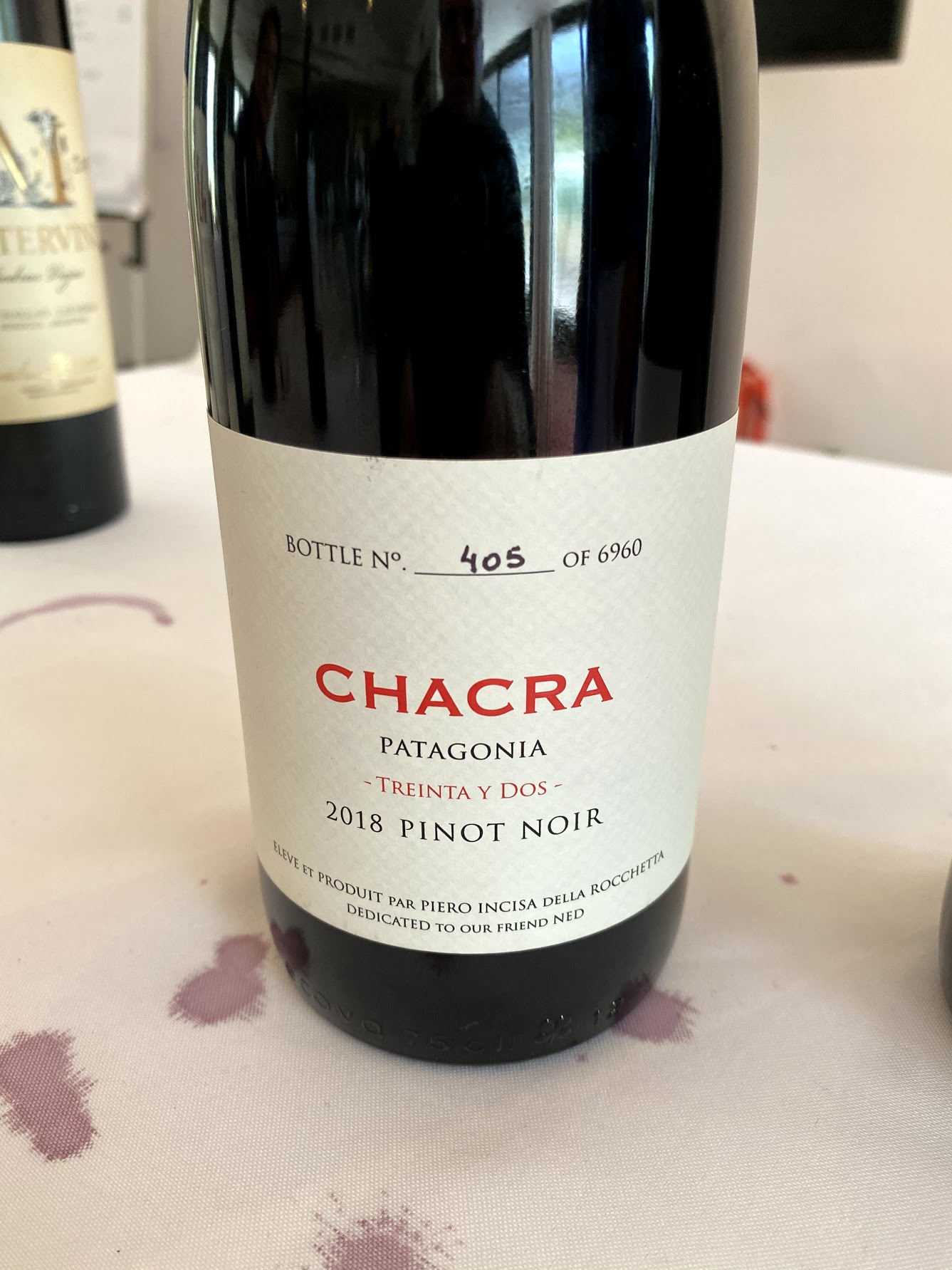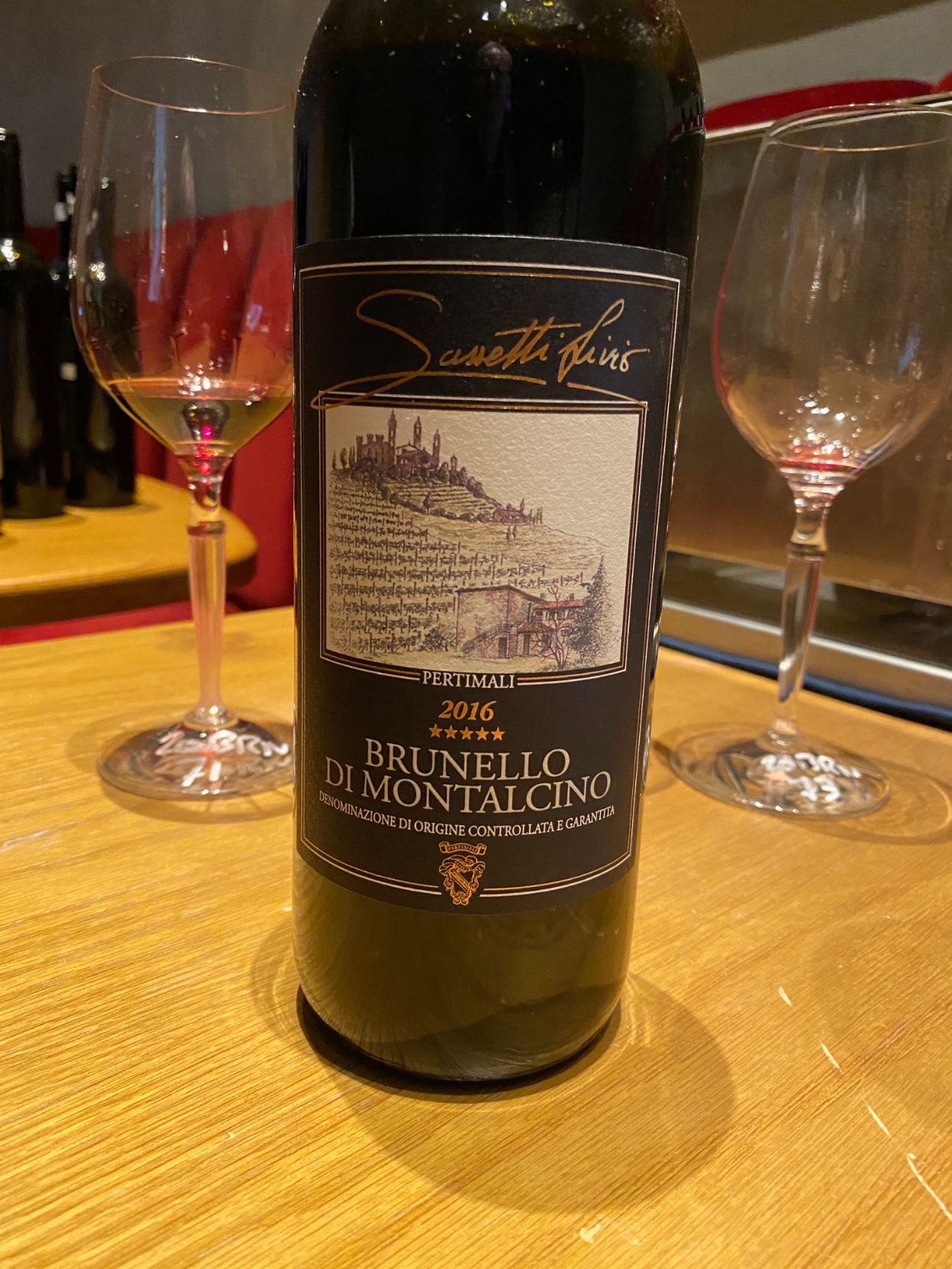Top 100 World Wines 2020 and Wine of the Year
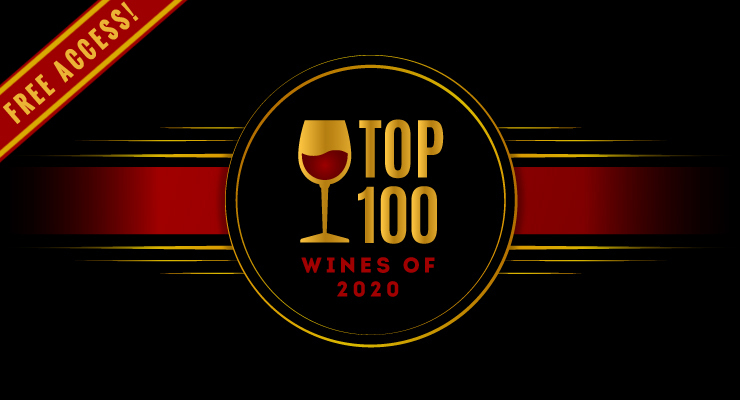
It’s been a tough year for all of us and it doesn’t seem to be getting any better. But a glass of terrific quality wine certainly helps us through this crazy time. And we at JamesSuckling.com did our very best to cover the wine world this year and find some amazing bottles of wine. We managed to rate almost 18,000 wines since our last Top 100 list was published in November 2019.
Read: TOP 100 WINES OF 2019 AND OUR WINE OF THE YEAR
Our annual reports into the best wines we have tasted over the preceding 12 months stretch back 10 years, since I started JamesSuckling.com as an independent wine critic. Usually these reports are the culmination of many months of travel throughout the year, to all the top wine regions including Argentina, Chile, California, France, Germany, Italy, Spain, Australia and New Zealand. Last year in the Top 100 Wines of 2019 we named an Italian wine the Wine of the Year – the Siro Pacenti Brunello di Montalcino Vecchie Vigne 2015. The year before that it was a French wine – St.-Emilion’s Chateau Canon 2015 – that took the top honors in the Top 100 Wines of 2018. And before that in our report on the Top 100 Wines of 2017 it was a Chilean wine that we favored – the 100-point Almaviva Puente Alto 2015. So these lists are truly a global affair!
For obvious reasons our travels to wineries have not been possible since February this year, so for most of the last 12 months, I have been in Hong Kong reviewing wines in my tasting room at my wife’s restaurant/wine bar James Suckling Wine Central. Nick Stock has been tasting mostly in Adelaide, Australia, and Stuart Pigott in primarily Germany with some reviews coming from Zekun Shuai in Beijing. It certainly has been a very different way of rating and writing about wines than in the past when we traveled the world to visit wineries and talk to vintners and winemakers while tasting their wines.
However, I have taken a lot of solace in spending more time at home in Hong Kong with my local team and my dear wife and contributing much more to the wine culture in what is one of the most dynamic fine wine hubs in the world. I have really enjoyed talking to guests at James Suckling Wine Central and exchanging ideas about wine, whether it be in one of our masterclasses or just at the bar or a table sharing a glass of wine and some conversation. And I think that it’s given me an added appreciation of what people like to drink and how they drink it. This sounds obvious to some but sometimes wine commentators forget how essential it is to know who they are speaking too. From my background as a professional journalist, I know it’s important to know your reader and I attribute our significant increase in audience to this.

Click the banner above for information on our JamesSuckling.com Premium Membership.

James tastes with Piero Incisa della Rocchetta, owner of Bodega Chacra, in February 2020 in Buenos Aires. The Argentine winery, whose vineyards are in Patagonia (left), made a 100-point old vine pinot noir and won Wine of the Year 2020.
I have also enjoyed the communication I have had via Zoom and other channels with winemakers and followers giving all of us a more open and efficient way to share information about wine. Our social media following in the West has grown to more than 360,000 as of yesterday with about 69% on Instagram. Subscriptions to JamesSuckling.com have almost doubled this year.
Online is definitely here to stay, so I don’t think these media will go away once we can all get together like in the past. In fact, I think that it will be a combination of both physical communication and online which will make it quicker and easier to learn and drink wine than before.
All of the above has brought us to choosing our Wine of the Year and Top 100 Wines of 2020. It’s never easy and this year we have noted a number of significant events in the fine wine world including 2019 Bordeaux en primeur, 2019 German releases, 2018 Australian releases, pre-release tastings of 2016 and 2015 riserva Brunello di Montalcino, and 2016 Barolo, not to mention the superb wines recently on the market from top vintages such as 2017, 2018 and 2019 from Argentina and Chile. The United States had some outstanding wines released but not so many great wines because of the difficulty with 2017. The classic 2018 is on its way through. Meanwhile, New Zealand, Spain, France, Portugal and other places continued to make and release excellent wines.
Read: ALL OUR PAST ARTICLES FOR TOP 100 WINES OF THE YEAR (2010-2019)
- The 100-point Chacra Pinot Noir Patagonia Treinta y Dos 2018, which is our top-ranked wine for 2020.
- The Livio Sassetti Brunello di Montalcino 2016 (our No. 3 wine) highlights the super depth and structure of the vintage.
We only wish we had more time to rate more wines! So much great wine is out there. It’s a golden moment for wine lovers with so many outstanding quality wines made from around the world in every style and at every price. We just don’t have enough days and hours to taste them all. But we will continue to strive to cover more and I have put together a good team of tasters, particularly young reviewers.
This year with our Top 100 list we tried to focus more on relative value for fine and great wines because we all know prices continue to increase and most of us need to watch our pocketbooks. We also tried to include wines with a production volume of at least 500 cases or 6,000 bottles. (We didn’t include barrel samples which is why no 2019 Bordeaux were included). We only included wines rated 98 points or more, which total 350 names from the almost 18,000 rated. We scored 53 wines 100 points in the last 12 months.
Price is in important factor in the Top 100 list, especially the first 10. All the Top 10 are $100 a bottle or less. Some were released at a lower price but have increased significantly. We also – as always – took into account what we call ‘wow factor’. It’s that emotional element a wine may give you when you taste it. The feeling of joy and wonder of a great wine.
Italy had the largest number of wines in our Top 100 this year with 20, followed by Australia, 19; Germany, 17; France, 12; United States, 11; Argentina, 9; Chile, 6; Austria, 3; Spain, 2; and Portugal, 1. As a region, Brunello di Montalcino had the most wines in the Top 100 this year with 11 followed by Bordeaux with nine, eight from Mendoza, seven from Barossa and six from Napa.
However, our Wine of the Year 2020 is from an extraordinary place on Planet Wine. It’s a wonderful wine, not only because it’s a perfect, 100-point wine, but because it represents a number of points we applaud in winemaking today particularly at this moment with climate change and the volatile economy: amazing value, environmentally responsible and sustainable production, clear and transparent character reflecting its ecosystem, and incredible drinkability. Argentina’s Chacra Pinot Noir Patagonia Treinta y Dos 2018 covers all this and more, which is why it’s our Wine of the Year 2020.
Read: ALL OUR PAST TOP 100 REGIONAL REPORTS OF THE YEAR (2010-2019)

The beautiful estate of Schloss Johannisberg and their 2019 Grünlack wine, which is our No. 2 wine for 2020.
Unfortunately, only just over 600 cases were made of this old vine pinot noir, which comprises 7.5 acres of vines that were planted in 1932. All are biodynamically farmed. The wine is produced in a simple modern winery in concrete vats and aged in used French oak. Very little sulfur is used due to the soft winemaking techniques. The 2018 currently sells for about $90 a bottle from its release price of $40. We know it’s hard to find. However, recent vintages such as 2017 and 2016 are very close in quality, if you can’t find the 2018.
What I like about the wine is its sublime structure and dynamic sensibility with firm and fine tannins and bright acidity perfectly framing the pure fruit character of strawberries with earth and forest undertones. It’s wonderful to drink young but shows the constitution of a great wine for aging.
I went to Chacra back in 2015 and I still remember the feeling of holistic goodness in the air walking in the vineyards and spending a couple of days with the owner Piero Incisa della Rocchetta, who also happens to be a key shareholder of Italy’s famous Tenuta San Guido (Sassicaia). Chacra is not an easy place to reach. It’s a three-hour flight to Neuquen from Buenos Aires and a couple of hours drive from there. It’s an agricultural part of the world lost in time with worn out cities and dusty towns on a high desert environment. Charas’ 75 acres of vineyards, mostly pinot noir and a small amount of chardonnay, are pristine and honest. You can feel the energy and the ecosystem is alive with the flora and fauna. Incisa della Rocchetta shows fascination for local creatures and plants. He even has a large honeybee population and uses the beeswax to capsule each bottle of the Chacra Pinot Noir Treinta y Dos.
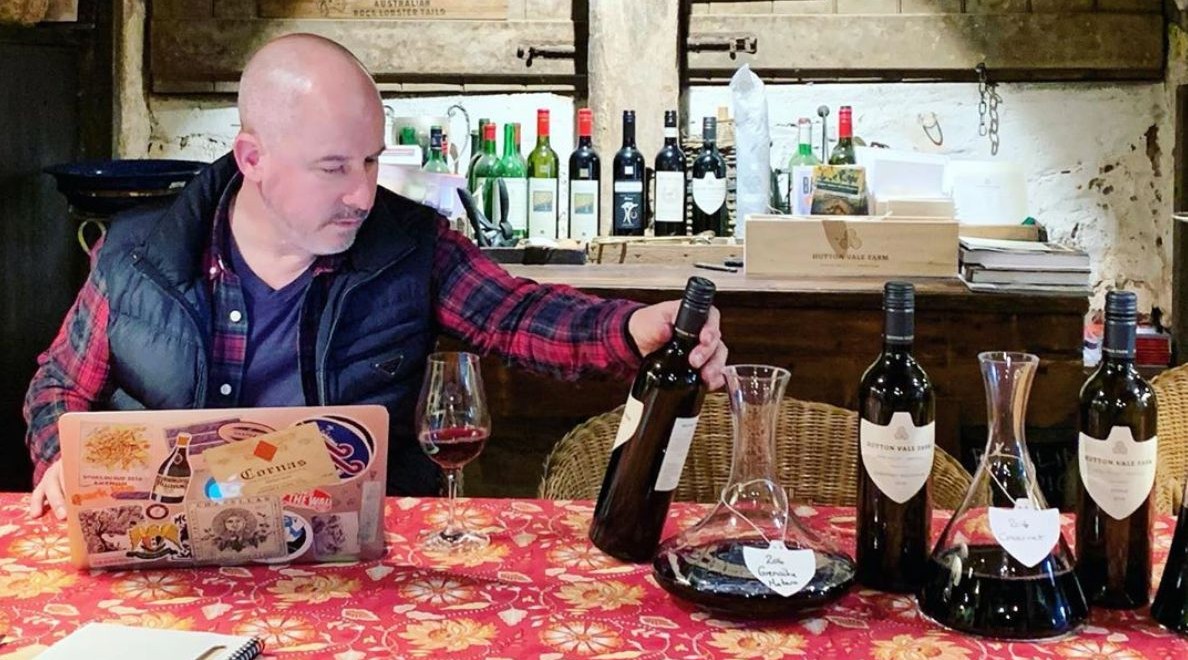
Nick Stock tastes in Hutton Vale, a beautiful part of the Barossa Valley where the wines are exceptional and full of character.
He wrote me an email earlier this year when I rated his Chacra Pinot Noir Patagonia Treinta y Dos 2018 100 points and I think it highlights his philosophy at Chacra: “It is important to support organic and biodynamic farming but also responsible and sustainable farming. Sadly our industry and its media are often tone deaf to chemicals and abuses of nature, and I think you sticking your neck out for all of us was and still is very progressive.”
It was nice of him to compliment me and my team, but it’s Incisa della Rocchetta and his team at Chacra who deserve the kudos. I thank them for making a fabulous wine and our Wine of the Year 2020.
I also greatly appreciate the wine in the No. 2 position and three other wines come from Germany, respectively Schloss Johannisberg Riesling Rheingau Grünlack Spätlese 2019 (No. 2), Wittmann Riesling Rheinhessen Morstein GG 2019 (No. 6) and Dönnhoff Riesling Nahe Dellchen GG 2019 (No.7). The 2019 vintage is a benchmark for modern German wines and these three perfect wines are some of the best ever made. It’s significant that the No. 2 wine came from Schloss Johannisberg as many consider it the birthplace for German riesling as well as sweet wines. It’s been making them since the mid-1770s.
The 100-point medium-sweet, dense and layered Schloss Johannisberg Riesling Rheingau Grünlack Spätlese 2019 is a monument to the genre and is a reminder of the historical greatness of sweet wines of Germany. The other two wines are incredible single-vineyard bottles that point to the country’s seriousness and expertise in dry wine production and highlight some of the most exciting vineyard sites on earth. We (mostly Stuart Pigott) tasted almost 1,200 Germany wines this year and 18 received scores of 100 points, which is a testament to the greatness of the 2019 vintage. Don’t miss buying some.
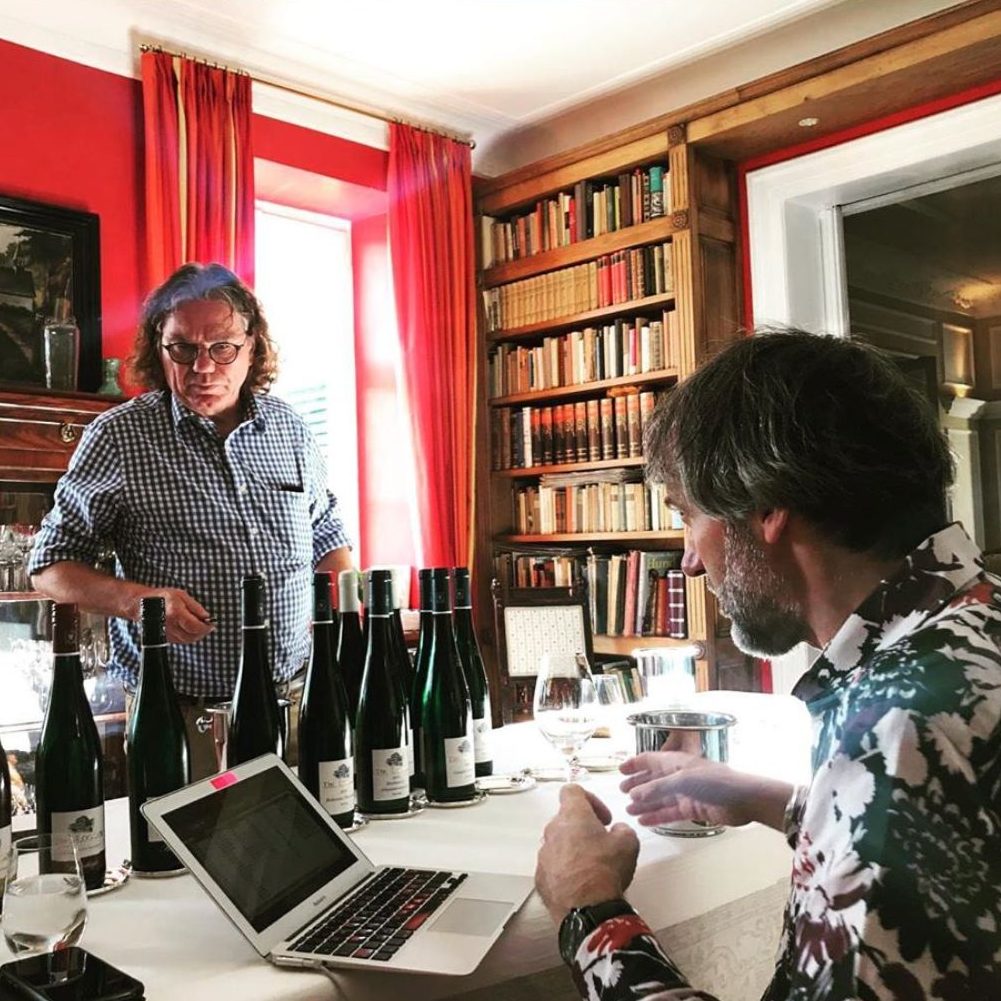
Stuart Pigott tastes with Ernst Loosen of Weingut Dr. Loosen, which now has 11 dry single-vineyard GGs in the range.
This is what Stuart wrote about the vintage in his September report: “The 2019 vintage is the best vintage I have ever tasted for German riesling in my four-decade career. Like James, my career as a wine critic began in the early 1980s. The first German vintage I tasted as young wines was 1983 and I can’t remember a vintage like that – until now. The 2019 wines, from dry to classic style with natural grape sweetness are simply astonishing quality, which means 2019 is one of the greatest vintages of modern times and will be remembered for decades, possibility generations.”
We also decided to include two Brunello di Montalcinos in the Top 10 as Italy’s famous appellation is just about to release two phenomenal vintages in the world: 2015 riserva and 2016 normale. The Livio Sassetti Brunello di Montalcino 2016 (No. 3) and Tassi Brunello di Montalcino Franci Riserva 2015 (No. 8) highlight the super depth and structure of these wines and of these two vintages, which made very different styled wines. The 2015 produced more flamboyant and richer Brunellos due to the slightly warmer growing season while the 2016 made wines more tannic and intense from a slightly longer and cooler one. Both are necessary additions to anyone’s cellar who loves great Italian reds and they are the greatest vintages yet for Brunello di Montalcino.
Australia was also a very important wine region for JamesSuckling.com this year. We rated 3,264 wines up until today and there’s more to come. Executive Editor Nick Stock has been country-locked since March but has focused on his homeland and delivered an incredible guide to the best of Australia today. For us, the epitome of this greatness is the No.4 The Standish Wine Company Shiraz Barossa Valley The Schubert Theorem 2018, a 100-point red that showcases the character of Australian wines, especially Barossa and the superb quality of the 2018 vintage.
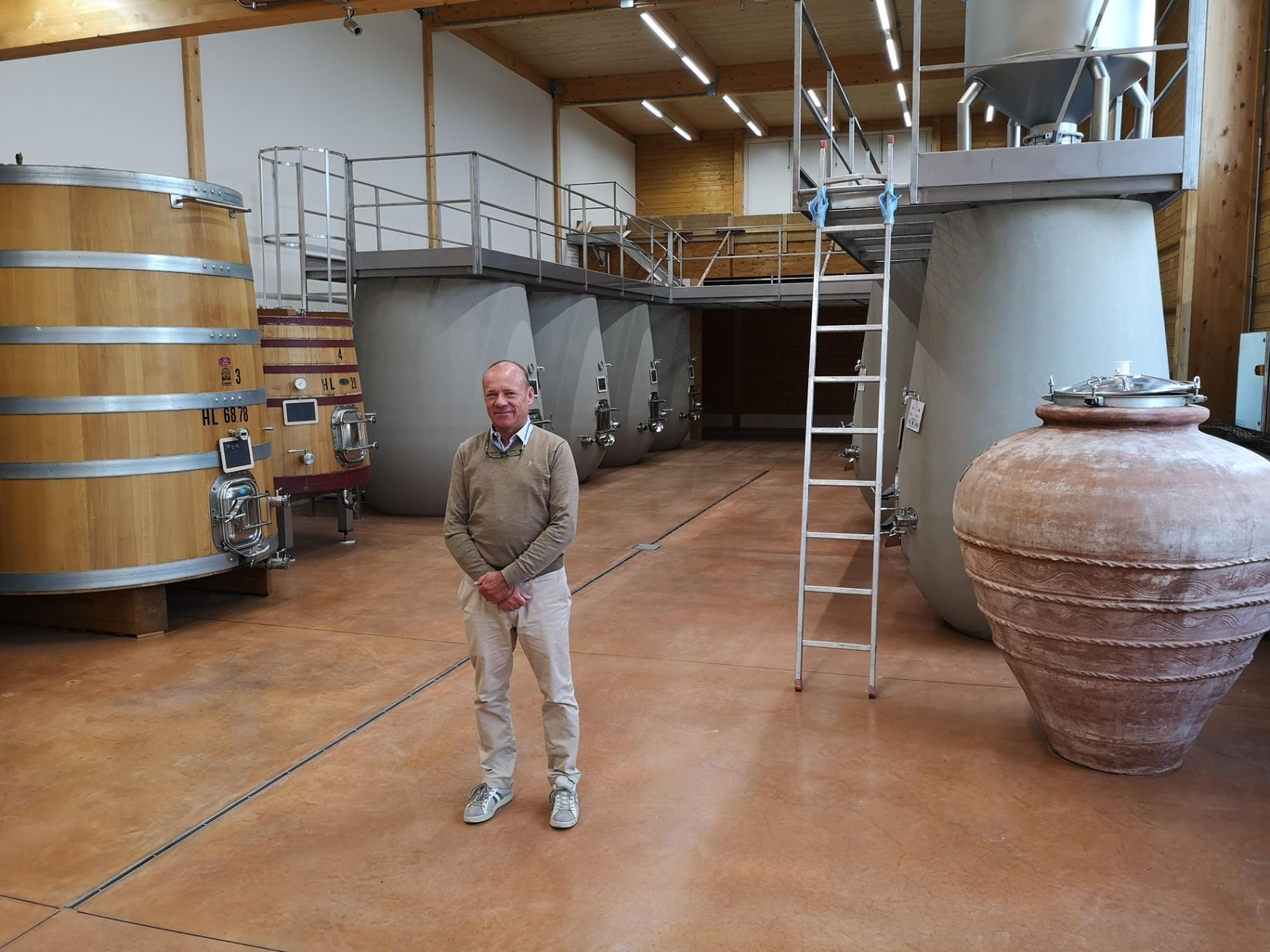
Fabio Tassi stands in his winery in the summer of 2019. His Tassi Brunello di Montalcino Franci Riserva 2015 is our No. 8 wine.
For Barossa, Nick pointed out a few months back that “the 2018 vintage is proving a source of high-quality wines across the stalwart varieties like shiraz, grenache and cabernet sauvignon as well as the more fledgling grapes. And for whites, principally the rieslings of Eden Valley, this is an exquisite year for power, concentration and freshness.” His enthusiasm for 2018 has been emphatic just about everywhere he tasted across the wine continent of Australia from Margaret River to Hunter Valley.
We were less decided about the current releases from Austria this year when Stuart and I tasted 774 wines. The 2019 was also an excellent vintage for most regions of the country and 2018 was solid as well. But we found the alcohols creeping up everywhere and wonder if the benchmark grape, gruner veltliner, is losing some of its mojo. Nonetheless, Austria’s wine wizard Emmerich Knoll made one of his country’s few 100 pointers, the Emmerich Knoll Riesling Wachau Ried Schütt Smaragd 2019 and it’s why we place it at No. 5.
Two other wines from the Andes rounded off our Top 10 of the Top 100 list this year: Cheval des Andes Mendoza 2017 (No. 9) and Clos Apalta Valle de Apalta 2017 (No. 10). They are regular names in our lists of recent years. Both wines are terrific examples of current great wines from their respective countries and highlight the balance, beauty and intensity of wines made to precision in the hot 2017 vintage. An added virtue is that Clos Apalta Valle de Apalta 2017 is made from biodynamically farmed grapes and represents its 20th vintage in production.
There’s something to say about all of the wines in the Top 100 list this year. But it’s better to try a few of them as soon as possible to understand why they are part of our roster. There was so much great wine released in 2020 and we at JamesSuckling.com are grateful to the winemakers around the world who made them as well as the thousands of others who made and released outstanding quality bottles. We know that their wines are being appreciated somewhere in the world just about every minute of the day. And somehow this reassures us and others in this moment of uncertainty and despair. Take care and enjoy the list.
– James Suckling, CEO & editor
You need to be a premium subscriber to see the wines with their respective rankings as well as read the tasting notes. The list below is simply alphabetical.
